 tidewaterfootandankle@gmail.com
|
tidewaterfootandankle@gmail.com
|
 (757) 497-7575
(757) 497-7575When the toenail grows into the skin next to the nail the skin can also become infected or swollen and the toenail can grow into the swollen skin thus developing an ingrown painful nail. Sometimes this problem is hereditary, other times it is associated with improper trimming of the nail. A common fungus infection which makes the nail very thick and yellow and discolored can also result in that nail becoming ingrown. An ingrown toenail can become infected with redness, swelling, and pain.
Treatment involves removing the offending nail edge. Often this needs to be performed under local anesthetic, which can be painlessly administered at the base of the toe. Before surgery of any kind is performed, a complete history and physical examination is necessary. Special attention to circulation and sensation needs to be addressed before surgery.
Many patients present with thickened yellow nails, the result of a fungus infection. Disease may also be associated with a chronic fungus infection of the skin of the foot. Once the nail has become fungus infected, it is very difficult to eradicate the fungus, although paint-on topical nail medication is available. However studies have shown its effectiveness to be below 6%. There is 1 prescription medication, Terbinafine, which has a 70%, rate of cure for onychomycosis. This medication can be prescribed and is very safe with proper monitoring. Alternatively, the entire toenail can be safely and surgically removed and the base treated with phenol. The result is no new nail regrowth, however, a false nail forms from the nail bed and the appearance is generally satisfactory.
No matter what the nail condition, the treatment is custom tailored to the patient’s needs and hopes and expectations. These can be discussed at the time of the visit.
As commonly understood, hammertoes represent a buckling of the toe with a contracted position at either of its 2 joints. A dense hard corn may form at the contracture and this can be painful.
This is a common complaint and develops over time. Causes for hammertoes are many, including, the very high-arched foot, and interestingly, a very flat foot. Both are prone to hammertoe formation, but for entirely different reasons based on the biomechanics of how the foot works. Metabolic diseases including rheumatoid arthritis and diabetes mellitus, can cause the development of hammertoes.
Treatment for hammertoes can begin with the most conservative treatment of all, which is to wear shoes with a wide toe box. Many times a change in footgear makes a material difference in the patient’s discomfort.
If there are painful corns present on the digits, a non-medicated pad from the drugstore may be applied. Medicated pads which claim to reduce the corn associated with the hammertoe need to be avoided. Usually, there is salicylic acid in the medicated pad and it can cause a chemical burn to the skin. This is extremely dangerous in diabetics who have decreased sensation in their feet and for patients who have poor circulation. Since many times people aren’t sure whether sensation or circulation is intact, generally speaking, these medicated pads need to be avoided.
Neuropathy in diabetic patients is a common complaint and increases in frequency of years that people have had diabetes mellitus. Furthermore, poor blood sugar control can make diabetic neuropathy, worse. Patients with diabetic neuropathy frequently complain of #1 numbness; #2, burning or pain; #3, tingling or feeling of pins and needles in the feet. Many people also described their symptoms as feeling like there is a sock bunched up beneath their toes.
For patients who present at the office with complaints of altered sensation or pain in their feet, a full physical examination and medical history are necessary. Sensory testing of the nerves can be preliminarily carried out in the office with simple instruments such as a tuning fork and the filament to test whether feeling is intact. Blood tests can also be ordered, looking at blood sugar control, thyroid function and other markers of potential nerve damage.
Fluoroscopy is a revolutionary type of X-ray imaging that shows continuous, moving images of your foot and ankle. It is done in our office and allows us to more accurately identify causes of and recommend the best treatment for chronic pain like bunions, plantar fasciitis, Achilles pain and more. Fluoroscopy imaging is more revealing than a traditional X-ray; it can help determine if surgery is necessary or a less invasive treatment may be sufficient. Done in-office, fluoroscopy allows us to identify many causes of chronic pain like bunions, plantar fasciitis, achilles pain and more and treat them with accuracy. It can help determine if surgery is necessary or a less invasive treatment may be sufficient.
A heel spur can feel like sharp pain along the bottom of your foot that feels like needles pricking your foot or even a mild aching pain that is chronic or triggered by walking or running. Heel spurs are bony growths caused by strain on the bones of the foot. They can cause so much pain you may find yourself unable to walk more than a few steps at a time. There are several ways we can help you find relief from heel spur pain including both non-invasive options and surgical removal of the heel spur in severe cases.
Bunions are complex deformities caused by an unstable joint in the middle of the foot.3 With an unstable foundation, the bone can rotate out of alignment in three dimensions and form the painful “bump” at the base of the big toe.4 During traditional bunion surgery, the bone is cut in half and the top part is pushed over, treating the bunion symptoms or bump. This simple “cut and shift” approach is a two-dimensional (2D) solution for a three-dimensional (3D) problem. With the incomplete 2D correction and an unstable joint still left at its foundation, the bunion has significantly increased likelihood of coming back.5
The patented Lapiplasty® Procedure utilizes specially-designed instrumentation to correct the entire metatarsal bone is in all three dimensions, restoring it to its proper alignment while naturally removing the bump and straightening the toe. Since the procedure uses advanced fixation technology, most patients are able to walk within days of surgery without casts; allowing patients to get back to the shoe wear of their choice and activities quickly.8
Repetitive/overuse injuries can cause small tears in muscles and tendon fibers resulting in acute or chronic pain and weakness at the injury site. Platelet Rich Plasma or PRP is a non-surgical option for some patients. PRP therapy is based on the body’s natural ability to heal itself. The PRP process uses platelets from the patient’s own blood. After a small amount of blood is drawn a centrifuge spins and separates the platelets from other blood components. The now concentrated platelets are re-introduced to the patient at the site of the injury. A diagnostic exam by one of our physicians will determine if you are a candidate for PRP.
Skin substitute uses bioengineered alternative tissue for wound closure. It is an alternative to skin grafting and can be a better option for our older patients whose skin may be more fragile as well as our diabetic patients. While grafting creates another wound that will need to heal, skin substitute does not require a graft. We have seen better results and healing of wounds using skin substitute.
For the treatment of Plantar Fasciitis, pain and inflammation, wound healing and many other acute and chronic conditions, Cold Laser Therapy is a safe alternative to medication and surgery. Also called Low Level Laser Therapy, Cold Laser Therapy utilizes specific wavelengths of light that interact with tissue and helps accelerate the healing process at the cellular level. Our clinicians place the handheld Cold Laser device directly over the injured area for 30 seconds to several minutes, depending on the size of the area being treated. It is painless, affordable and has been effective in significantly relieving pain for most patients.
We have pioneered the use of external fixation for off loading wounds, published our work in the literature, and are actively involved in its further development.
We treat more patients dealing with severe wounds, diabetic wounds and limb salvage using external fixation than any other provider in our region. We have had significant success using the ilizarov external fixator to help severe wounds or foot deformities heal.
If you are diabetic or are suffering from heel and foot pain, our foot and ankle specialists can help you. From basic foot and ankle care to advanced surgery, our podiatrists are specifically trained to diagnose, treat and cure these problems:
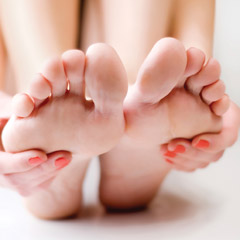


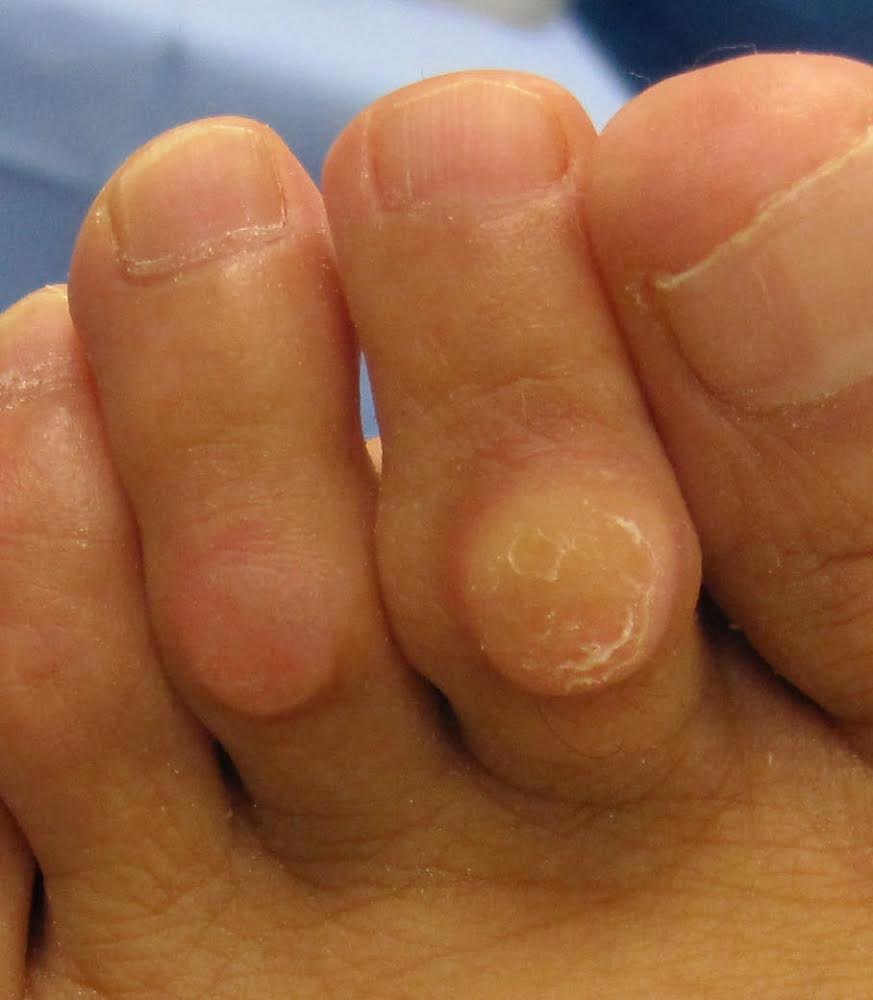
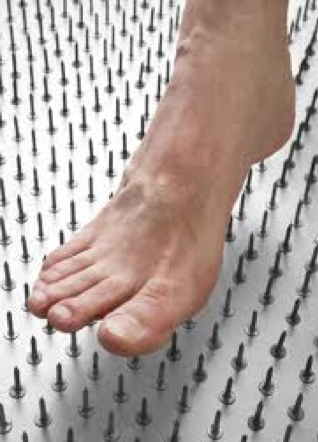
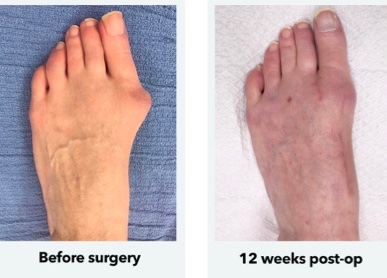


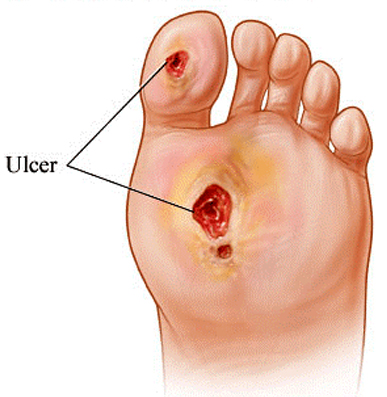
Lapiplasty® is a registered trademark of Treace Medical Concepts, Inc. and is covered by one or more patents, including US Patent 9,622,805.